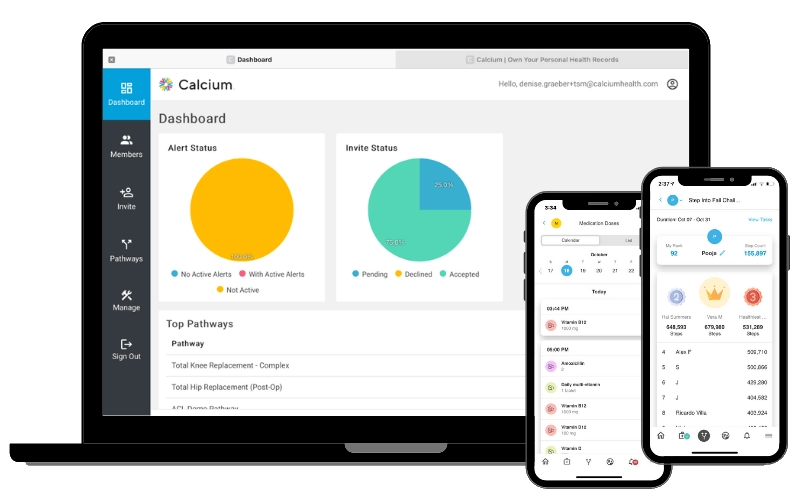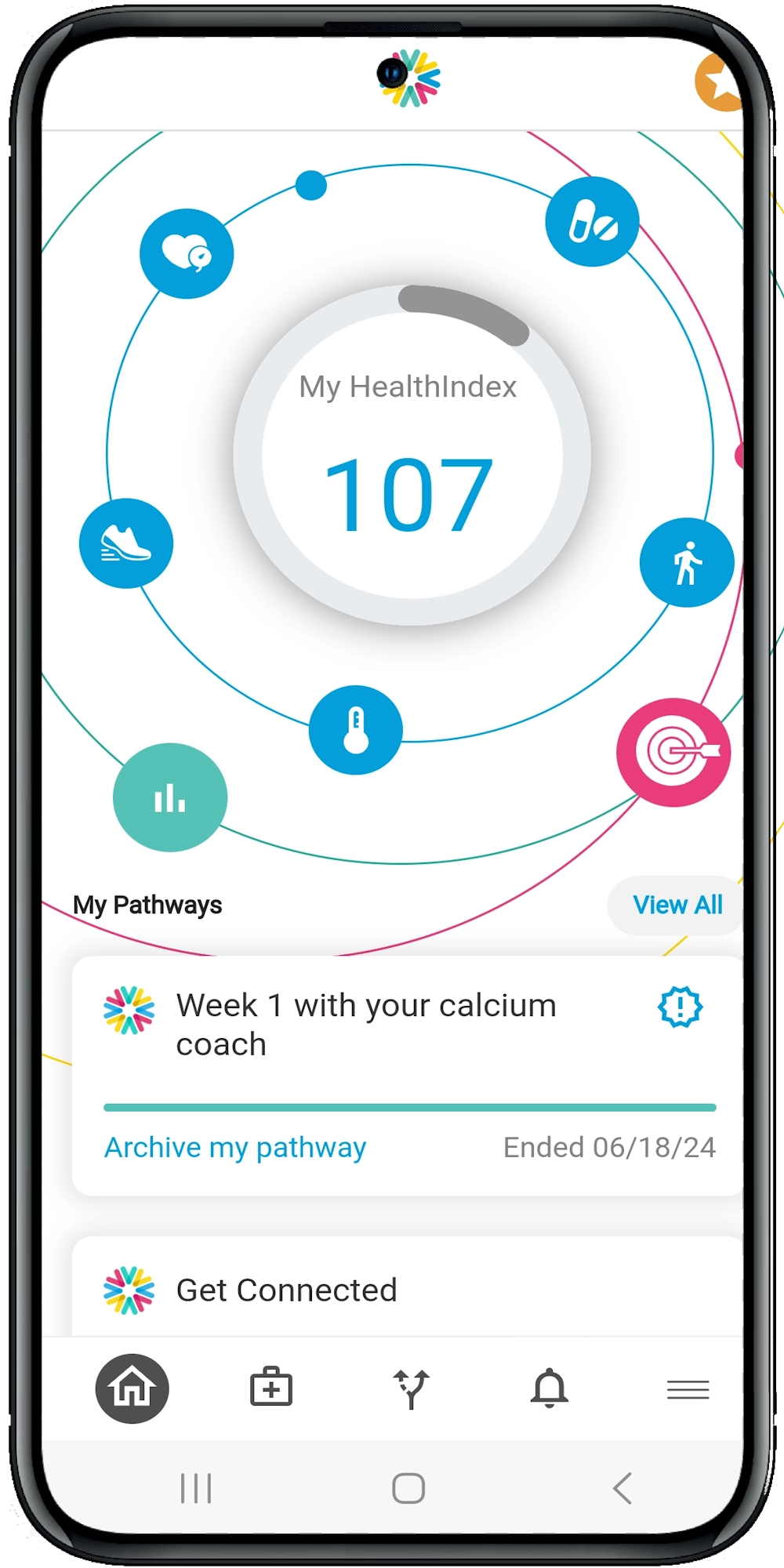How Digital Health is Improving Chronic Condition Outcomes
The Power of Digital Health Tools
Mobile Health Apps
Mobile health apps are like having a healthcare assistant in your pocket. These applications can track vital signs, remind patients to take their medications, and even offer educational content tailored to the patient’s condition. For example:
- Diabetes Management Apps: These apps can monitor blood glucose levels, log meals, and provide insulin dosage recommendations.
- Cardiac Health Apps: These can track heart rate, blood pressure, and provide exercise recommendations.
Imagine a patient with diabetes receiving a notification to check their blood sugar, followed by a reminder to take their insulin. This constant engagement can significantly improve adherence to treatment plans.
Wearable Devices
Wearable devices, such as fitness trackers and smartwatches, offer real-time data on a patient’s health metrics. These devices can monitor heart rate, physical activity, and even sleep patterns. For chronic conditions, this data is invaluable.
- Continuous Glucose Monitors (CGMs): These devices provide real-time blood glucose readings, helping patients and healthcare providers make informed decisions about insulin management.
- Heart Rate Monitors: For patients with heart disease, these devices can detect irregularities early, potentially preventing serious complications.
Consider a patient with heart disease who receives an alert from their smartwatch indicating an irregular heartbeat. This early warning could prompt them to seek medical attention before a minor issue becomes a major crisis.
Telemedicine: Bridging the Gap
Benefits of Telemedicine
- Convenience: Patients can schedule appointments without the need for travel, reducing the burden on both patients and caregivers.
- Accessibility: Telemedicine makes healthcare accessible to underserved populations, ensuring that everyone receives the care they need.
- Continuous Monitoring: Regular virtual check-ins allow for ongoing assessment and adjustment of treatment plans.
Imagine a patient with COPD who struggles to leave their home due to severe symptoms. Through telemedicine, they can still receive expert care and guidance without the added stress of traveling to a clinic.
Electronic Health Records (EHRs)
EHRs are digital versions of patients’ paper charts. They provide real-time, patient-centered records that make information available instantly and securely to authorized users. EHRs have several advantages:
- Comprehensive View: EHRs offer a holistic view of a patient’s medical history, facilitating better-informed decisions.
- Coordination of Care: Multiple healthcare providers can access and update the same patient record, ensuring coordinated and consistent care.
- Data Analytics: EHRs can be used to identify patterns and trends in patient data, leading to improved treatment strategies.
Think of EHRs as a detailed roadmap of a patient’s health journey, allowing healthcare providers to navigate complex chronic conditions with precision.
Enhancing Patient Engagement
One of the most significant benefits of digital health tools is their ability to enhance patient engagement. When patients are actively involved in their care, outcomes improve. Digital health tools empower patients by providing them with the information and resources they need to take control of their health.
Strategies to Enhance Engagement
- Educational Content: Providing patients with easy-to-understand information about their condition and treatment options.
- Interactive Tools: Using apps and online platforms that allow patients to track their progress and set health goals.
- Feedback Mechanisms: Offering real-time feedback and support through digital platforms.
Imagine a patient with hypertension who uses an app to track their blood pressure. The app provides daily tips on lifestyle changes and sends encouraging messages when they meet their goals. This positive reinforcement can motivate patients to stay on track with their treatment plans.
Overcoming Challenges
While digital health tools offer numerous benefits, they also come with challenges. It’s essential to address these to ensure successful implementation.
Common Challenges
- Technology Literacy: Not all patients are comfortable using digital tools. Providing training and support can help bridge this gap.
- Data Security: Protecting patient data is paramount. Ensuring that digital health tools comply with HIPAA regulations is essential.
- Integration: Seamlessly integrating digital tools with existing healthcare systems can be complex but is crucial for maximizing their potential.
Consider a patient who is not tech-savvy but needs to use a mobile health app for diabetes management. Offering a simple tutorial or having a tech support team available can make a significant difference in their ability to use the tool effectively.
The Future of Chronic Condition Management
The future of chronic condition management lies in the continued integration of digital health tools. As technology advances, these tools will become even more sophisticated, providing deeper insights and more personalized care.
Emerging Trends
- Artificial Intelligence (AI): AI can analyze vast amounts of data to predict health trends and suggest personalized treatment plans.
- Remote Monitoring: Advances in remote monitoring technology will allow for even more precise and continuous tracking of health metrics.
- Patient-Centered Care: Digital health tools will continue to shift the focus towards patient-centered care, empowering individuals to take an active role in managing their health.
Imagine a world where AI analyzes a patient’s data and provides real-time recommendations for managing their chronic condition. This level of personalized care could revolutionize healthcare as we know it.





